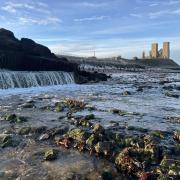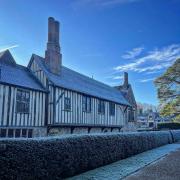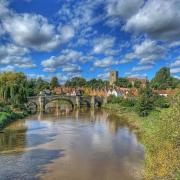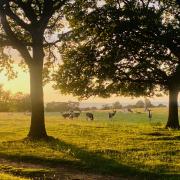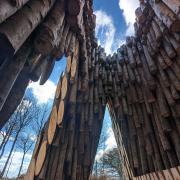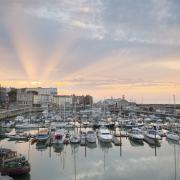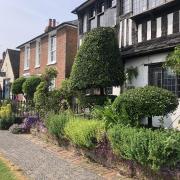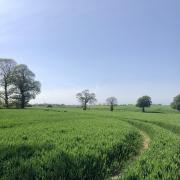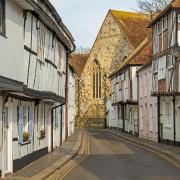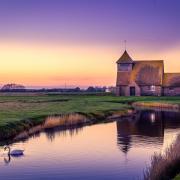Take a relaxing stroll in the picturesque town of Sandwich. This circular walk boasts excellent scenery, great opportunities for wildlife spotting and many places to enjoy well-earned refreshment
WALK OF THE MONTH: SANDWICH
Location: Sandwich, CT13 9WD
Distance: 5.1 miles (8.2km)
Time: Allow 2 hours 30 minutes
OS Explorer Map: 150
Gates: 4
Stiles: 5
Terrain: paths and tracks
Parking: at the Quay, Sandwich
Refreshments & Facilities: public toilets at the Quay; many caf�s, restaurants and public houses in Sandwich
This 5.1 mile (8.2km) circular route starts and ends at the quayside, following the path alongside the river until it flows away to the north east where the Saxon Shore Way separates from the Stour Valley Walk. The route takes you across the famous Royal St George’s golf course and down towards the open sea at Sandwich Bay.
While here, take time to enjoy the views across the bay, the nearby Sandwich Bay Beach is definitely worth a visit. This lovely stretch of sand dunes is home to several rare and interesting plants and shelves gently out into Sandwich Bay providing safe sea-bathing and water sports opportunities.
Following the route back over the sand dunes and salt marshes, we pass by the popular Sandwich Bay Bird Observatory Trust Field Centre. The centre is open daily and is a great source of information about anything from general wildlife in the local area to rarer sightings for the avid spotter. The observatory carries out scientific bird migration and monitoring programmes for national and international projects.
Continuing on, our route takes us through the Sandwich and Hacklinge Site of Special Scientific Interest and on through small farms and arable fields.
Leaving the fields and heading back towards the hustle and bustle of Sandwich, take some time to explore the historic town centre. Sandwich is arguably known for being one of the best-preserved medieval towns in the UK. Within the old town walls the many beautiful period houses are laid out in a street plan which has changed little since the creation of the Domesday Book (see our twon feature on page xx).
Continue on following the town’s ancient wall. Although the major part of the old wall itself has disappeared, the raised earthenworks remain and now provide a picturesque route right around the central conservation area of the town with views across the lovely tiled roves of the ancient buildings.
After your walk, why not enjoy one of the guided boat trips that are available from the Quay? The river tours include talks about the history of Sandwich and the local environment. Also nearby, the archaeological remains and museum at Richborough are a really interesting visit, revealing the changing importance and fortunes of this part of the Kent coast in Roman Britain.
This walk is one of eight circular walks featured in the Saxon Shore Way guide (�4.99) produced by Explore Kent. To order a copy or to find out about more walks in Kent visit www.kent.gov.uk/explorekent.
Wildlife Watch
April is the time of year to look out for frog spawn and tadpoles. The common frog is the most familiar of Kent’s amphibians and can be found throughout the county, including areas described on this walk.
During March there are mass migrations of frogs from hibernation sites to breeding ponds. The croaking and courtship will soon commence! By April, big clumps of protective jelly, dotted with the black tadpole embryo’s can be seen. Each female frog can produce up to 2,000 eggs. If each one of these grew to be a frog, we would have a plague of biblical proportions! Instead, much of the spawn is lunch for many animals including ducks, fish and newts.
Garden ponds are becoming increasingly vital for frogs and creating one is a great way of helping nature. The common frog is not the only species in Kent. In 1935 the marsh frog, a louder and greener continental counterpart, was introduced to Walland Marsh (near Dungeness). The marsh frog is now common at various coastal locations although its effect on native wildlife is unknown.
Also this month, swallows appear on our shores after a winter in Africa. With iridescent blue plumage, they swoop low on fields and water, feeding on insects. These birds return to the same nest, often on a ledge in a barn, each spring.







